 Keeping an eye on Wilkins Ice Shelf
Keeping an eye on Wilkins Ice ShelfAs the Wilkins Ice Shelf is at risk of breaking away from the Antarctic Peninsula, ESA’s Envisat satellite is observing the area on a daily basis.
The satellite acquisitions of the ice shelf are updated automatically on this website to monitor the developments immediately as they occur.
In late November, new rifts developed on the ice shelf that scientists warn could lead to the opening of the ice bridge that connects the ice shelf to the Charcot island. If the ice bridge were to open, it could put the entire ice shelf at risk of further disintegrating.
The island visible in the upper left of the image is Charcot Island. The Wilkins Ice Shelf is connected to these by an ice bridge which is approximately 100 km long and only few km wide. Should the ice bridge break up due to increasing temperatures in the Antarctic spring, this would remove the stabilising factor that has been keeping the ice sheet grounded to the peninsula.
The above animation is comprised of images acquired by Envisat’s Advanced Synthetic Aperture Radar (ASAR) in the Antarctic spring and summer of 2008. The ice bridge is visible as a narrow white strip in the image centre.
The animation will be updated daily as new ASAR acquisitions become available. The individual images that make up the animation are also available in the image archive on the right navigation bar.
WEATHER NOTETop billing for maritime disaster site
The site of New Zealand’s worst civilian maritime disaster in Southland has received national recognition with its registration by the New Zealand Historic Places Trust (NZHPT).
The NZHPT Board today approved the Category I registration status, reflecting the special or outstanding historical and cultural heritage significance and value of the site.
In April 1881 the SS Tararua hit Otara Reef off Waipapa Point in Southland, with 131 men, women and children losing their lives. This registration includes the wreck of the SS Tararua, Tararua Acre – the cemetery where 64 bodies, many unidentifiable, were laid to rest – and the Waipapa Point Lighthouse that was built in response to the disaster.
Next month will mark 125 years since the first light was erected on Waipapa Point – 1 January 1884 the first day seafarers were afforded such protection on this part of the southern coast.
Owen Graham, NZHPT Otago/Southland area manager, said the shipwreck, burial site and lighthouse have significant historical value for their association with the tragedy and the resulting response which led to the improvement of maritime safety. The now automated Waipapa Lighthouse still sends out its beam to warn of hazards nearby.
“Having New Zealand’s leading heritage agency recognising this site is fitting,” Mr Graham said.
“For the people of Southland, particularly, this area has special historical and heritage significance given the loss of so many lives. The Tararua Acre remains a significant landmark recalling the wreck and has a plaque commemorating the disaster, put up by members of the local community and supported by the New Zealand Historic Places Trust.”
Mr Graham said to ensure the long-term conservation of this site NZHPT would be supportive of the Southland District Council adding it to its schedule of Registered Historic Buildings, Places and Sites and recognising their link to each other of the three heritage features.“This site met NZHPT criteria for registration in a number of areas – aesthetic, archaeological, architectural, historical and technological values. The community holds this place in high esteem – evidenced by their extensive lobbying for the preservation of the lighthouse – and it is an educational reminder of our early maritime history.”
Maritime New Zealand, who manages the Lighthouse reserve that includes the access road and lighthouse, recently undertook upgrading work on the lighthouse. The Department of Conservation manages the surrounding recreation reserve and is undertaking further development there.
MARITIME NOTEInjured Seaman Rescued from Ship
A crewman injured on a merchant vessel was rescued by two Royal Navy Sea King helicopters in severe weather from a 14,000 ton cargo vessel.
The ship was roughly 200 miles from the Isle of Scilly when the man was rescued. His injury was a complex fracture to the thigh. While ordinary fractures can be dealt with easily, complex fractures are more difficult s they are open wounds where infection can easily occur.
The 48-year old crewman was injured when he fell through a vent shaft in the ship’s engine room. After receiving medical treatment on the ship, he was lifted onto one of the helicopters and taken to the Royal Cornwall Hospital in Truro.
The first helicopter, which had a doctor on board, had to refuel in the Scillies and wait until the ship came into range.
The rescue was particularly difficult due to the severe weather that was in the area at the time.
Support the rescue helicopterLast summer was the busiest on record for the Westpac rescue helicopter.
With this summer getting into full swing and the prospect of a holiday season similar to last year, demand for the rescue helicopter looks likely to set new records.
"When the sun’s shining we tend to try to get out of town in too much of a hurry, hence the high number of motor vehicle accidents that our crews are asked to attend," says helicopter rescue trust marketing and fundraising manager John Hooper.
"Once people get to their destination safely they dust off their recreational pursuits and, as a natural consequence, accidents happen."
Alastair Mason of Warkworth is not only helping by way of a generous donation to the trust but is also donating items for an auction and raffle being held at Matakana House on December 30.
From noon to midnight, Matakana House is holding its second Matakana Big Day Out where live bands will perform throughout the day and evening.
"It’s only logical that the more people in town, the more rescues the helicopter is going to perform," says Matakana House owner Gerry Pole.
Mr Pole will meet all the operational and overhead costs so all proceeds from the event, including the $5 cover charge, raffle proceeds and any other sponsorships, will go in their entirety to the rescue helicopter appeal.
If you’ve ever wanted to learn to fly a helicopter this would be your opportunity. The Westpac rescue team is bringing along their helicopter simulator to take supporters for a ‘flying lesson’.
"The event raised about $3000 in 2006, and this year the target is $5000 which will fully fund the next mission to the district. When that happens, Mr Pole gets a plaque to share with his supporters setting out the bare bones of the mission on which the money was spent," says Mr Hooper.
Coast Guard Urges “Best Safety Practices” for Upcoming Winter Storms
SAN FRANCISCO - As the winter storm season approaches, the Coast Guard is urging the boating public to exercise responsible practices, and to keep beach safety guidelines in mind.
Each year, the Coast Guard responds to reports of vessels and objects breaking free from moorings, anchorages, and piers. Such derelict vessels may result in a hazard to navigation and become a potential pollution risk.
Mariners are urged to ensure anchor and mooring lines are in good condition, and to remove all oil and hazardous materials from vessels as poor weather approaches. Additionally, all loose materials and supplies left onboard should be securely stowed to prevent shifting, which may cause instability.
Boaters are encouraged to stay off the water if poor weather is forecast. Should it become necessary to leave the dock, mariners should ensure that all safety and navigation equipment, such as lifejackets, marine radios, and distress signals, are in proper working condition. Mariners should always carry registered, 406-Mhz Emergency Position Indicating Radio Beacons (EPIRB) as well as cold weather immersion suits to protect against the elements, especially when sailing offshore.
During winter weather, the public should also avoid beaches and rocky shorelines, as the surf will be unpredictable, increasing the likelihood of being swept into the sea.
The public is reminded that Bay Area storms occasionally result in wave heights and wind conditions that can exceed the operating limitations of Coast Guard search and rescue assets, making it difficult and dangerous to respond to situations of distress. The public should always check weather conditions and stay off of the water and away from beaches and rocky shorelines unless to ensure their safety as well as the safety of emergency responders.
For more information on safe boating practices, visit www.uscgboating.org . For updated weather forecasts, check www.weather.gov.
RS


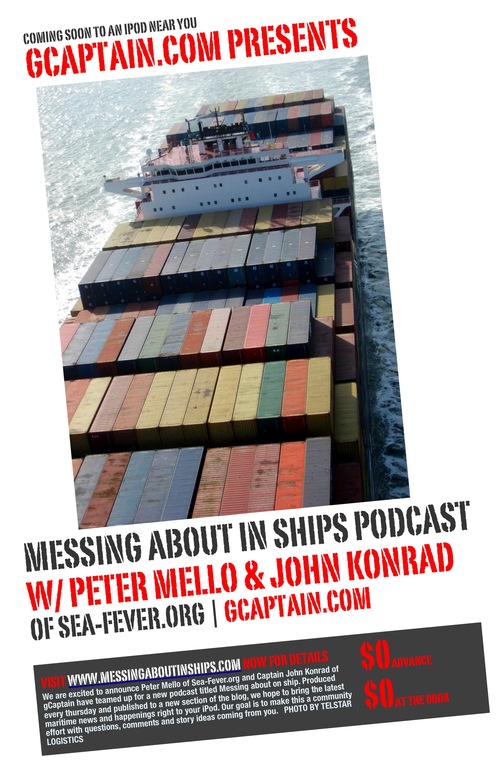















































































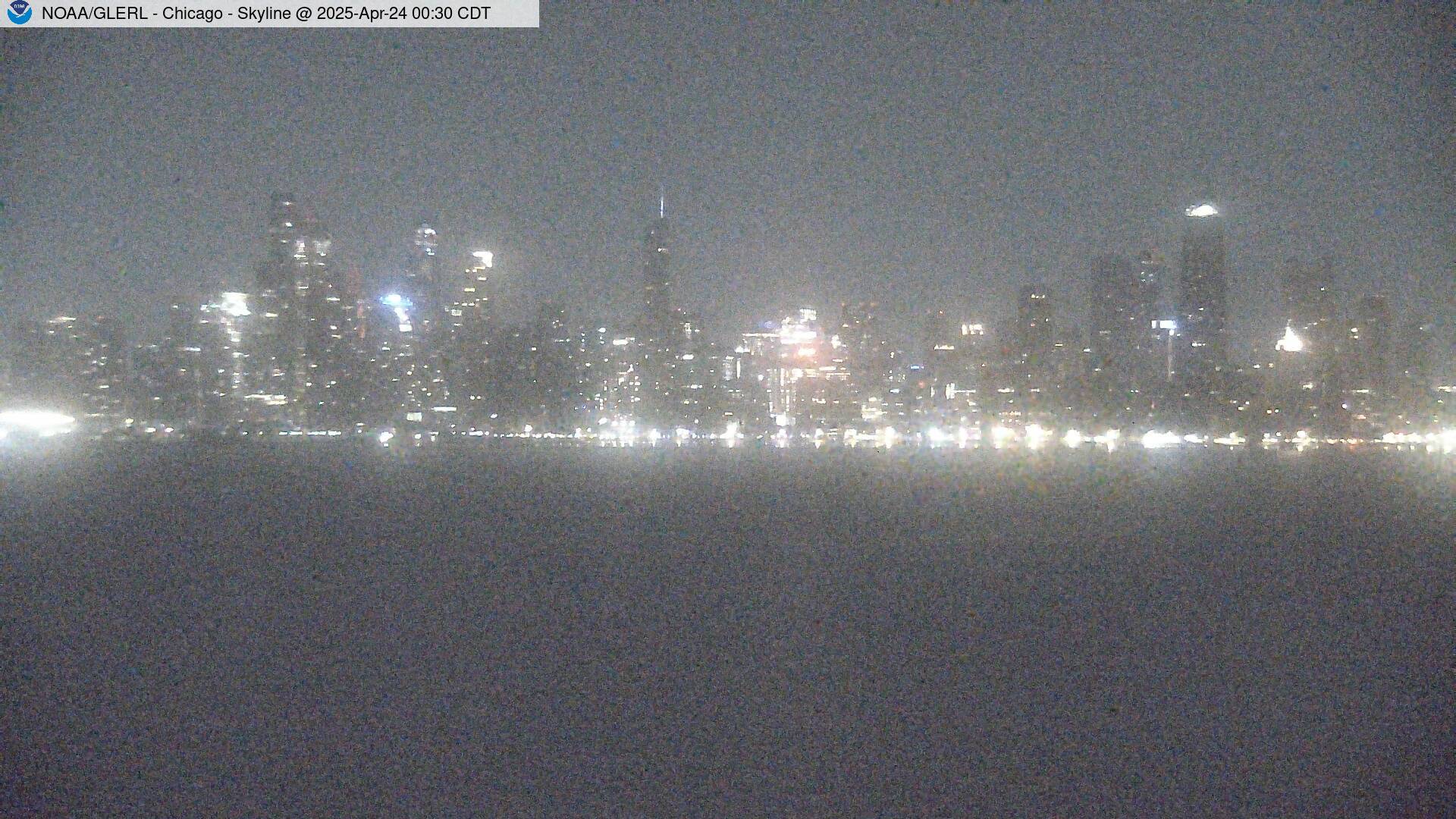













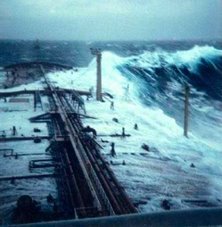
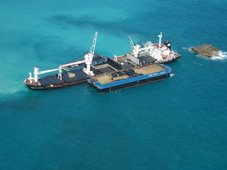


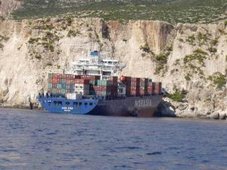




![Validate my RSS feed [Valid RSS]](valid-rss.png)